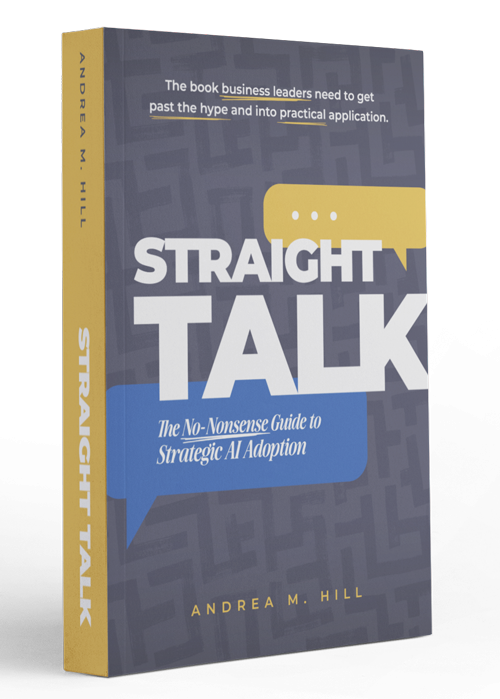Create Inbound Content That Attracts, Engages, and Converts

No matter which industry you serve, you’re probably in a crowded field—especially online. Methods for standing out that once worked are yielding fewer returns. With updates to Google’s algorithm, the old ways of doing SEO just don’t work anymore. Pay-per-click ads are becoming more expensive and less effective. On top of that, since the pandemic, B2B buyers have come to prefer online interactions, so it’s harder than ever to get good returns from sending salespeople out into the field or to trade shows.
In short, it’s hard to get a decent return on trying to go out there and grab customers. The solution? Let the customers come to you with inbound marketing.
Inbound strategies have another advantage over “outbound” marketing in that they are focused on the customer. Outbound strategies are designed with the business in mind: the business reaches out to customers and tries to persuade them to choose this business over another. Inbound strategies, on the other hand, bring the customers to you. Inbound marketing principles center the customer’s needs. Customers have a problem, and you’re there to offer a solution.
Identify Your Ideal Customer
Unlike consumers, the majority of B2B buyers aren’t always looking to buy. If your target market isn’t active most of the time, then advertising and outbound strategies will be less effective. What to do instead is to create content that will be there when those retail decision-makers go out in search of a supplier.
B2B Inbound marketing isn’t a matter of casting a wide net to capture every B2B buyer who enters the market. When you try to appeal to everyone, you appeal to no one. The goal, instead, is to identify exactly what problems your business can solve, and what type of customer you can solve problems for. You do this by creating an ideal customer profile (ICP), which you can learn more about in this post.
Think Strategically
Beginning with an ideal customer in mind allows you to approach marketing strategically. That is, you have an outcome or goal in mind that you are working toward. When you think “inbound marketing,” you might think “content marketing”: blogs, social media, ebooks, case studies, and the like. While this is all part of inbound marketing, it has to be done under the auspices of an inbound marketing strategy, with your ideal customer in mind.
Create Content That Builds Trust
Inbound marketing content has to appeal to your ideal customer at every point of the customer journey. In the discovery stage, potential leads are just learning about the existence of your company. In the decision stage, they understand the ins and outs of their problem, they’ve researched possible solutions, they’ve deliberated their options with their team, and they’re ready to make a purchasing decision. Your content marketing strategy has to consider what a potential lead’s pain points are in every stage.
Building trust with B2B buyers takes time. The B2B buyer journey is much longer than the consumer journey, and there are more people involved in the decision. It’s a much more data-driven, evidence-based journey than the one consumers embark on when buying a new pair of pants or a laptop. Some of the touchpoints will be the same—social media, blog posts, landing pages, product pages, email—but you’ll also want to consider ebooks, case studies, and white papers to reach buyers at different points in the journey. As for social media, LinkedIn might be more effective in terms of networking and discovery than, say, TikTok.
Convert Leads by Solving Problems
Whether it’s a blog post demonstrating your company’s philosophy and values or a case study detailing a successful software implementation, the focus should always be on the customer and their needs. Your company might have a compelling backstory, for instance, but how does that translate to an ability to give customers what they need?
This is where it’s so important for marketing and sales to work together. Your sales team knows your customers. Your marketing team knows how to craft a message. Together, you can create an inbound marketing strategy that attracts, engages, and converts.
Andrea Hill's
Latest Book
Straight Talk
The No-Nonsense Guide to Strategic AI Adoption

Where other books focus on prompts and tools, this book gives business leaders what they actually need: the frameworks and confidence to lead AI adoption responsibly, without having to become technologists themselves.
Also available at independent booksellers and public libraries.
Are You Ready to Do Better Marketing?
WerxMarketing is all about performance marketing. That means giving you the tools you need to connect with customers, enable your sales efforts, and turn leads into loyal customers. Ready to learn more about how we do that? Book a free consult and bring your questions. See if you like working with us on our dime, and get some good advice in the process.